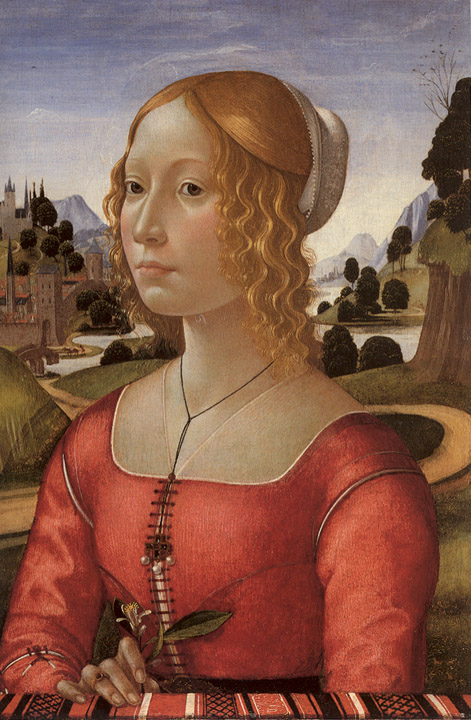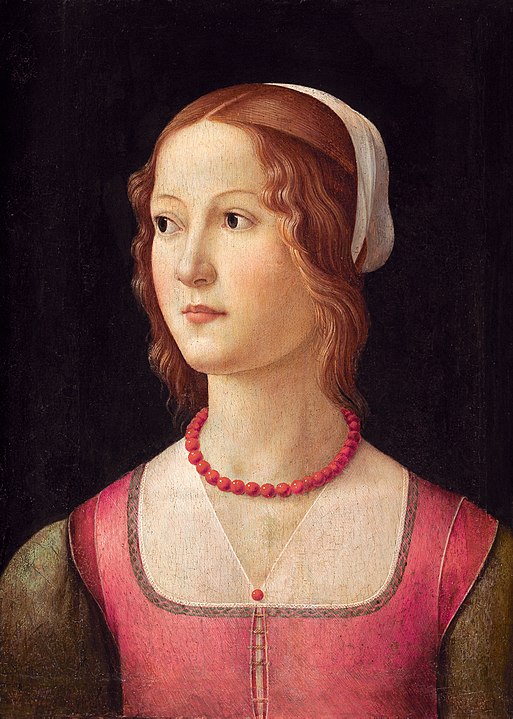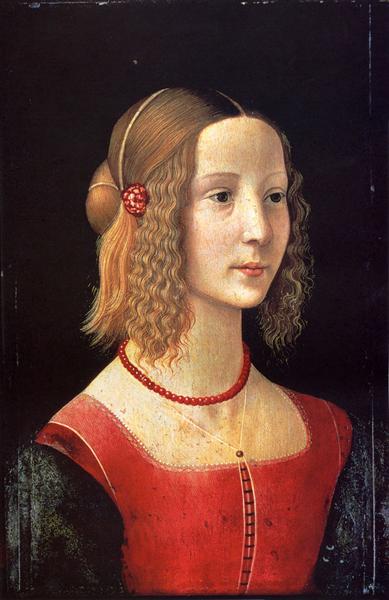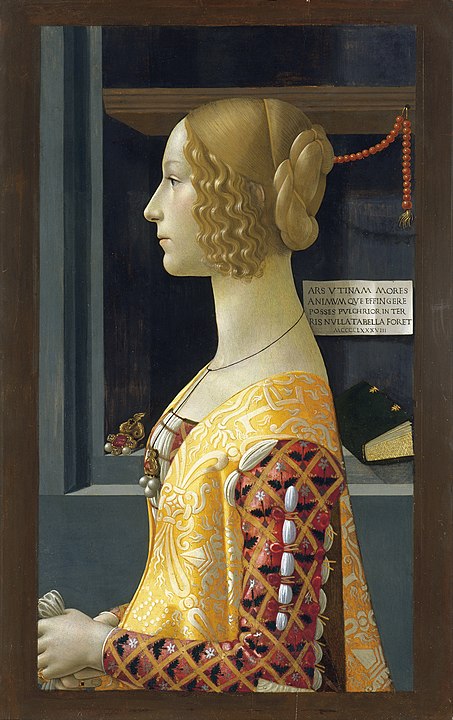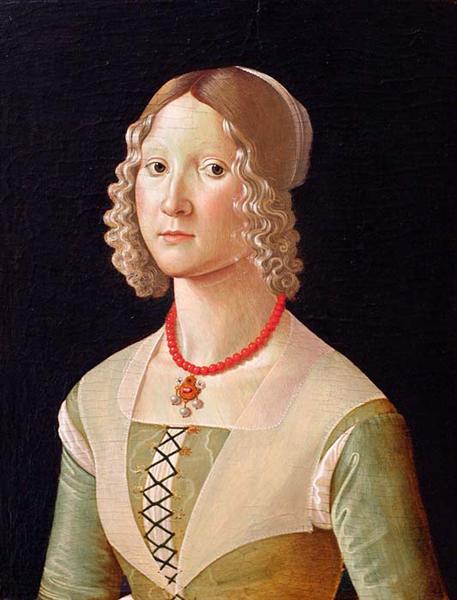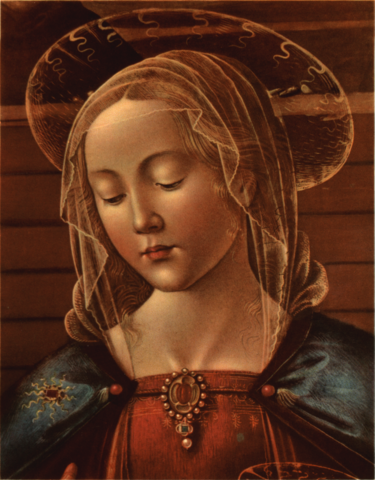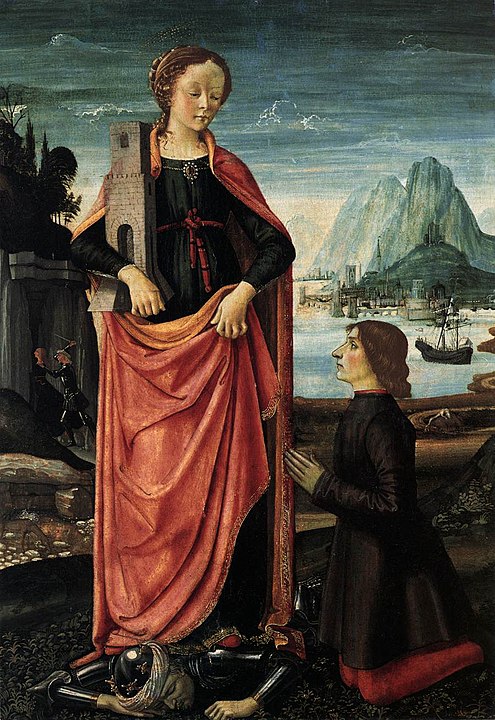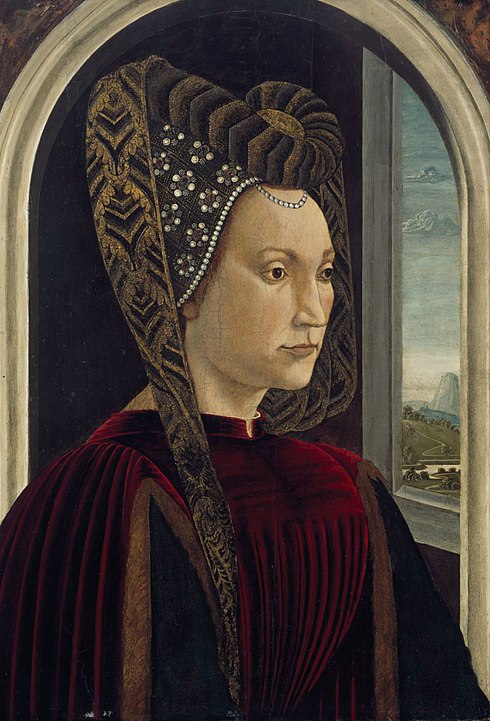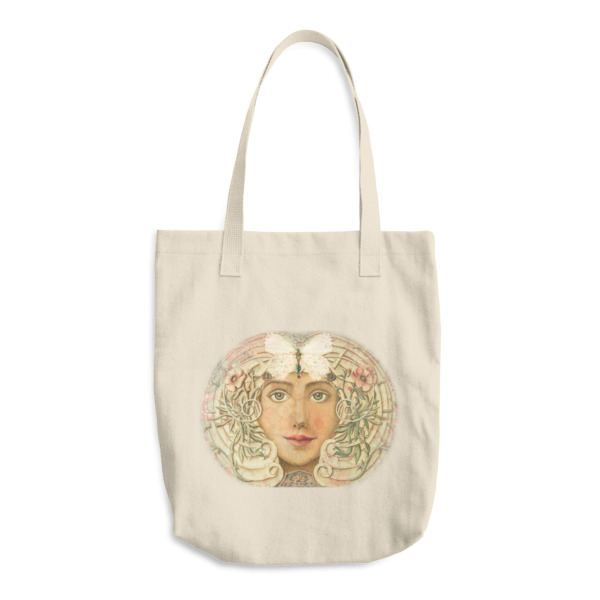Domenico Ghirlandaio (1448-1494)
Domenico Ghirlandaio, also spelled as Ghirlandajo, was an Italian Renaissance painter born in Florence. Ghirlandaio was part of the so-called “third generation” of the Florentine Renaissance, along with Verrocchio, the Pollaiolo brothers and Sandro Botticelli. Ghirlandaio led a large and efficient workshop that included his brothers Davide Ghirlandaio and Benedetto Ghirlandaio, his brother-in-law Bastiano Mainardi from San Gimignano, and later his son Ridolfo Ghirlandaio.
Many apprentices passed through Ghirlandaio’s workshop, including the famous Michelangelo. Ghirlandaio’s particular talent lay in his ability to posit depictions of contemporary life and portraits of contemporary people within the context of religious narratives, bringing him great popularity and many large commissions.
Giorgio Vasari reported that Domenico was at first apprenticed to his father, who was a goldsmith. The nickname “Il Ghirlandaio” (garland-maker) came to Domenico from his father, who was famed for creating the metallic garland-like headdresses worn by Florentine women. According to Vasari, Domenico made portraits of the passers-by and visitors to the shop: “when he painted the country people or anyone who passed through his studio he immediately captured their likeness”. He was eventually apprenticed to Alesso Baldovinetti to study painting and mosaic.
According to the art historian Günter Passavent, he was apprenticed in Florence to Andrea del Verrocchio. He maintained a close association with other Florentine painters including Botticelli and with the Umbrian painter Perugino.
Ghirlandaio worked mainly in fresco, with a number of important works being executed in tempera. Vasari states that Ghirlandaio was the first to abandon, in great part, the use of gilding in his pictures, representing by painting any objects that were made of gold. This is not applicable to his entire oeuvre, as details in some paintings, for example the altarpiece of the Adoration of the Shepherds (now in Florence Academy) were rendered in gold leaf.
According to William Michael Rossetti, “Ghirlandaio’s scheme of composition is grand and decorous; his chiaroscuro excellent, and especially his perspectives, which he would design on a very elaborate scale by the eye alone; his colour is more open to criticism, but this remark applies much less to the frescoes than the tempera-pictures, which are sometimes too broadly and crudely bright.”
According to Vasari, his sense of perspective was so acute that he made drawings of ancient Roman monuments such the Colisseum in which he worked entirely by eye, and which when later measured, proved to have mathematically accurate proportion and linear perspective.
Ghirlandaio is credited as the teacher of Michelangelo. Francesco Granacci is another among his pupils. According to Vasari, these two were sent by Ghirlandaio to the Medici Academy, when Lorenzo de’ Medici requested his two best pupils. Although Michelangelo regarded himself primarily as a sculptor, in the 16th century he was to follow his master as a painter of frescos, at the Sistine Chapel.
Ghirlandaio was highly praised by Vasari: “Ghirlandaio who, from his talent and from the greatness and the vast number of his works, may be called one of the most important and most excellent masters of the age. . . .” In the 19th century Jacob Burckhardt and others praised him for his compositions, for his technical ability, and for the lifelike quality of his figures, seen by Archibald Joseph Crowe and Giovanni Battista Cavalcaselle as being as innovative as those of Giotto had been.
By the late 19th century the appreciation of his work had waned and it was not until 1994, the five-hundredth anniversary of the artist’s death, that interest in him was rekindled. At this time a symposium was held and subsequently in-depth monographs on the artist were published. Rosenauer comments on the usefulness of Ghirlandaio’s paintings as pictorial records for the historian.
